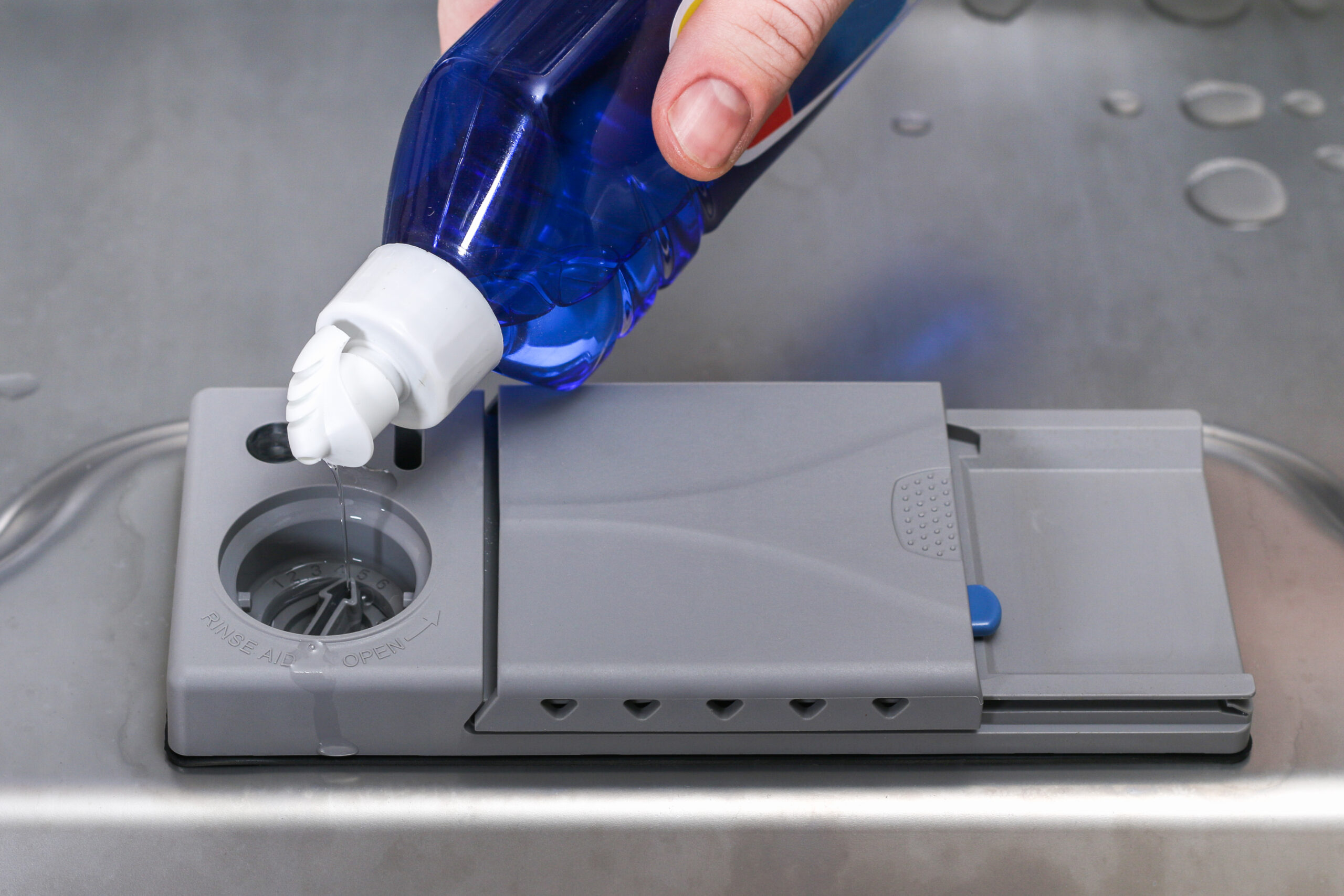

Articles
Where To Put Rinse Aid In Dishwasher
Modified: February 28, 2024
Discover the best place to put rinse aid in your dishwasher with this helpful article. Learn about the benefits of using rinse aid and how to use it effectively.
(Many of the links in this article redirect to a specific reviewed product. Your purchase of these products through affiliate links helps to generate commission for Storables.com, at no extra cost. Learn more)
Introduction
Welcome to the world of modern dishwashing technology! Dishwashers have become an essential part of our kitchen appliances, making our lives easier by taking care of the tedious task of washing dishes. However, to ensure that your dishes come out sparkling clean and spot-free, it’s important to understand the role of rinse aid and where to put it in your dishwasher.
Rinse aid is an important component of the dishwashing process. Its purpose is to help improve the drying performance of your dishwasher, prevent water spots, and leave your glasses and dishes looking crystal clear. Without rinse aid, you may find that your dishes have water spots or streaks after the cycle is complete.
In this article, we’ll explore everything you need to know about rinse aid and its proper placement in your dishwasher. From understanding the benefits of rinse aid to finding the rinse aid dispenser and step-by-step instructions on how to add it, we’ve got you covered.
So, let’s dive in and discover where to put rinse aid in your dishwasher to achieve optimal cleaning and drying results!
Key Takeaways:
- Enhance Dishwasher Performance
Understanding the role of rinse aid and its proper placement can improve drying performance, prevent water spots, and leave dishes sparkling clean. - Optimal Rinse Aid Usage
Locate the dispenser, add rinse aid to the designated compartment, and follow manufacturer’s instructions for best results. Regular maintenance and high-quality products maximize effectiveness.
Read also: 15 Amazing Rinse Aide Dishwasher for 2024
Understanding Rinse Aid in Dishwashers
Rinse aid is a liquid product specifically designed to enhance the performance of your dishwasher. It works by reducing the surface tension of water, which improves its ability to rinse away food particles and detergent residues from your dishes.
When you use rinse aid in your dishwasher, it helps to prevent water droplets from forming on your dishware during the rinse cycle. This is important because those water droplets can leave behind spots and streaks once they dry up. Rinse aid helps to break down the water droplets into smaller, more even droplets, which then evaporate more quickly and leave your dishes looking spot-free and shiny.
In addition to improving drying performance, rinse aid also provides other benefits. It helps to prevent the build-up of hard water deposits, such as mineral stains and limescale, on your glassware and dishes. It can also help to reduce the formation of foam in the dishwasher, allowing the water to circulate more effectively and ensuring thorough cleaning.
Most rinse aids are formulated with surfactants and drying agents that work together to achieve optimal results. The surfactants help to break down the surface tension of the water, while the drying agents improve the overall drying process.
It’s important to note that not all dishwashers require the use of rinse aid. Some high-end dishwashers have built-in systems that automatically dispense rinse aid during the rinse cycle. However, many dishwashers still require manual addition of rinse aid to achieve the best results.
Next, we’ll explore how to find the rinse aid dispenser in your dishwasher.
Finding the Rinse Aid Dispenser
Before you can add rinse aid to your dishwasher, you need to locate the rinse aid dispenser. The exact location of the dispenser may vary depending on the make and model of your dishwasher, but there are some common places to look.
1. Inside the Door: One common location for the rinse aid dispenser is on the inside of the dishwasher door. Look for a small cap or flip-top lid on the inner door panel. This is where you will find the dispenser.
2. On the Side of the Door: In some dishwashers, the rinse aid dispenser is located on the side of the door. It may be a small compartment or a sliding cover that can be opened to access the dispenser.
3. In the Bottom Rack: In a few dishwasher models, the rinse aid dispenser is located in the bottom rack. Look for a small container or compartment near the back of the bottom rack. This is where you will find the dispenser.
4. In the Center Console: Some dishwashers have the rinse aid dispenser located in the center console of the dishwasher. Look for a small opening or drawer that can be pulled out to add the rinse aid.
If you’re having trouble finding the rinse aid dispenser in your dishwasher, consult the user manual or the manufacturer’s website for specific instructions and diagrams.
Now that you’ve located the rinse aid dispenser, let’s move on to where exactly you should put the rinse aid in your dishwasher.
Where to Put Rinse Aid in Your Dishwasher
Now that you’ve located the rinse aid dispenser in your dishwasher, let’s talk about where exactly you should place the rinse aid.
Most dishwashers have a specific compartment or dispenser for rinse aid. This compartment is usually labeled with a symbol or text indicating that it’s intended for rinse aid. It’s important to follow the manufacturer’s instructions for your specific dishwasher model, as the placement may vary.
The rinse aid compartment is typically located near the detergent dispenser. It may be a small container with a screw-on cap or a hinged lid that flips open. Some dishwashers have a fill line inside the compartment to indicate the maximum level of rinse aid that should be added.
Once you’ve located the rinse aid compartment, follow these steps to add the rinse aid:
- Open the rinse aid compartment by either unscrewing the cap or flipping open the lid.
- Hold the rinse aid bottle or container upside down and carefully pour the rinse aid into the compartment. Be cautious not to overfill.
- Wipe off any excess rinse aid from the compartment to prevent spills or drips during the dishwasher cycle.
- Close the compartment securely. Make sure the cap is screwed on tightly or the lid is firmly closed so that the rinse aid doesn’t leak out during the cycle.
Remember to check the rinse aid compartment regularly and refill it as needed. The frequency of refilling will depend on the size of the compartment, the amount of rinse aid used per cycle, and the number of times you run your dishwasher.
Now that you know where to put rinse aid in your dishwasher, let’s move on to the step-by-step process of adding it.
Pour rinse aid into the designated rinse aid dispenser in your dishwasher. Consult your dishwasher’s manual for the exact location and instructions.
Steps to Adding Rinse Aid
Adding rinse aid to your dishwasher is a simple process. Follow these step-by-step instructions to ensure that you add it correctly:
- Locate the rinse aid dispenser in your dishwasher. It is usually a small compartment labeled with a symbol or text indicating its purpose.
- Open the rinse aid compartment by either unscrewing the cap or flipping open the lid.
- Hold the rinse aid bottle or container upside down and carefully pour the rinse aid into the compartment. Be cautious not to overfill and spill the rinse aid.
- Wipe off any excess rinse aid from the compartment to prevent spills or drips during the dishwasher cycle. This will also ensure that the lid or cap closes securely.
- Close the rinse aid compartment securely. Make sure the cap is screwed on tightly or the lid is firmly closed to prevent leaks during the dishwasher cycle.
- Check the rinse aid compartment regularly and refill it as needed. The frequency of refilling will depend on the size of the compartment, the amount of rinse aid used per cycle, and how often you run your dishwasher.
- Run your dishwasher as usual, following the manufacturer’s instructions for loading your dishes and selecting the appropriate cycle.
By following these steps, you will ensure that the rinse aid is properly added to your dishwasher, improving its drying performance and leaving your dishes spot-free and sparkling clean.
Now that you know how to add rinse aid to your dishwasher, let’s explore some tips for using rinse aid effectively.
Read also: 15 Best Rinse Aid Dishwasher for 2024
Tips for Using Rinse Aid Effectively
While adding rinse aid to your dishwasher is important, there are a few additional tips that can help you use it more effectively and get the best results:
- Follow the manufacturer’s instructions: Every dishwasher model might have specific guidelines for using rinse aid. It’s essential to read the user manual or consult the manufacturer’s website to understand any specific recommendations they provide.
- Adjust the rinse aid dosage: Some dishwashers allow you to adjust the rinse aid dosage based on your preferences and water hardness. Experiment with different settings to find the optimal dosage that works best for your dishwasher and the local water conditions.
- Don’t overfill the compartment: It’s crucial not to overfill the rinse aid compartment. Overfilling can lead to spills, waste of product, and potential damage to the dishwasher. Follow the fill line indicator, if present, or pour an appropriate amount as recommended by the manufacturer.
- Regularly check the rinse aid level: Keep an eye on the rinse aid compartment and refill it as needed. Running the dishwasher without enough rinse aid may result in poor drying performance and water spots on your dishes.
- Use high-quality rinse aid: Invest in a good quality rinse aid that is compatible with your dishwasher. Cheaper or generic brands may not provide the same level of performance and could lead to subpar results.
- Clean and maintain your dishwasher: Regularly clean and maintain your dishwasher to ensure optimal performance. This includes cleaning the filters, removing any food debris, and checking for clogs in the spray arms. A clean dishwasher will allow the rinse aid to work more effectively.
- Combine rinse aid with water softeners: If you live in an area with hard water, consider using a water softener in conjunction with rinse aid. Water softeners help to reduce mineral deposits that can contribute to water spots and staining on your dishes.
By following these tips, you can maximize the effectiveness of rinse aid in your dishwasher and achieve spot-free, sparkling clean dishes with every cycle.
Now, let’s address some frequently asked questions about rinse aid.
Frequently Asked Questions
Here are some commonly asked questions about rinse aid:
- 1. Can I use vinegar as a substitute for rinse aid?
- 2. How often should I refill the rinse aid compartment?
- 3. Can I use rinse aid in a dishwasher that has an automatic dispenser?
- 4. Will using too much rinse aid cause problems?
- 5. Can rinse aid be used in all types of dishwashers?
Vinegar is often considered a natural alternative to commercial rinse aids. While it can help in reducing water spots, it may not be as effective in preventing them as dedicated rinse aid products. Additionally, using vinegar as a substitute may void the warranty of your dishwasher. It is best to use a proper rinse aid for optimal results.
The frequency of refilling the rinse aid compartment depends on how often you run your dishwasher and the size of the compartment. It is recommended to check the compartment regularly and refill it when the level is low, or when you notice streaks or water spots on your dishes.
If your dishwasher has an automatic dispenser for rinse aid, it is best to consult the user manual or manufacturer’s instructions. Some dishwashers with automatic dispensers may not require additional rinse aid, while others may allow you to add more for enhanced performance.
Using too much rinse aid can lead to excessive foaming or over-dispensing, which can affect the performance of your dishwasher. It is important to follow the recommended dosage and not overfill the rinse aid compartment.
Rinse aid can be used in most dishwashers, including those made for both residential and commercial use. However, it is always recommended to check the user manual or consult the manufacturer’s instructions to ensure compatibility with your specific dishwasher model.
If you have any other questions or concerns about rinse aid or your dishwasher, it’s best to reach out to the manufacturer or consult with a professional for personalized advice.
Now, let’s summarize what we’ve discussed so far.
Conclusion
Rinse aid is a crucial component in achieving spot-free, sparkling clean dishes from your dishwasher. By understanding its role and proper usage, you can enhance the drying performance of your dishwasher and prevent water spots or streaks on your dishware.
In this article, we’ve covered the basics of rinse aid, including its purpose and benefits. We’ve also explored how to find the rinse aid dispenser in your dishwasher and provided step-by-step instructions on where to put rinse aid.
Additionally, we shared some valuable tips for using rinse aid effectively, such as adjusting the dosage, regularly checking the rinse aid level, and using high-quality products. Plus, we addressed frequently asked questions to provide clarity on common concerns related to rinse aid usage.
Remember, rinse aid can make a significant difference in the overall cleanliness and appearance of your dishes. It helps to prevent water spots, improve drying performance, and reduce the buildup of mineral deposits.
Now that you have a comprehensive understanding of rinse aid and its proper usage, you can confidently add it to your dishwasher and enjoy spot-free dishes with each cycle.
So, go ahead, put rinse aid in your dishwasher, and experience the difference it can make in achieving perfectly clean and dry dishes!
Frequently Asked Questions about Where To Put Rinse Aid In Dishwasher
Was this page helpful?
At Storables.com, we guarantee accurate and reliable information. Our content, validated by Expert Board Contributors, is crafted following stringent Editorial Policies. We're committed to providing you with well-researched, expert-backed insights for all your informational needs.
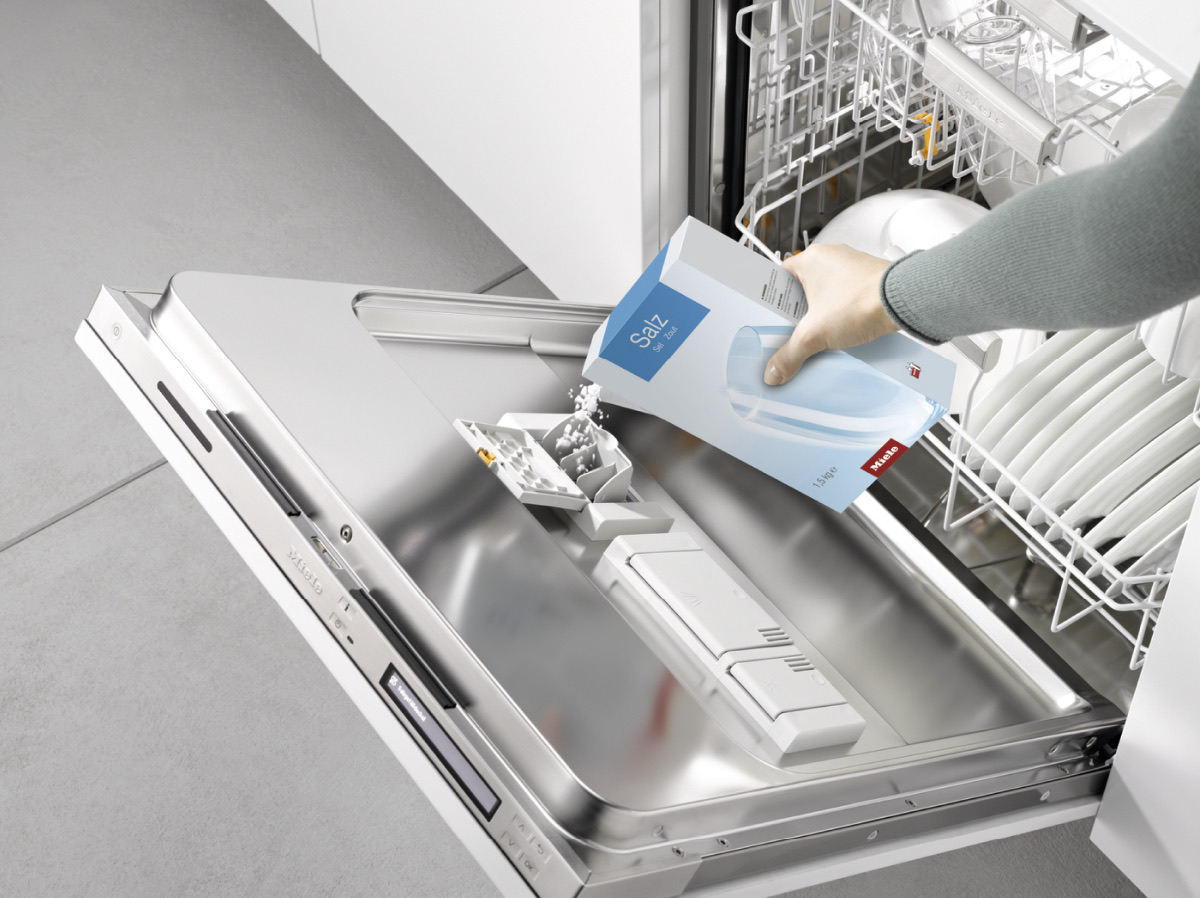
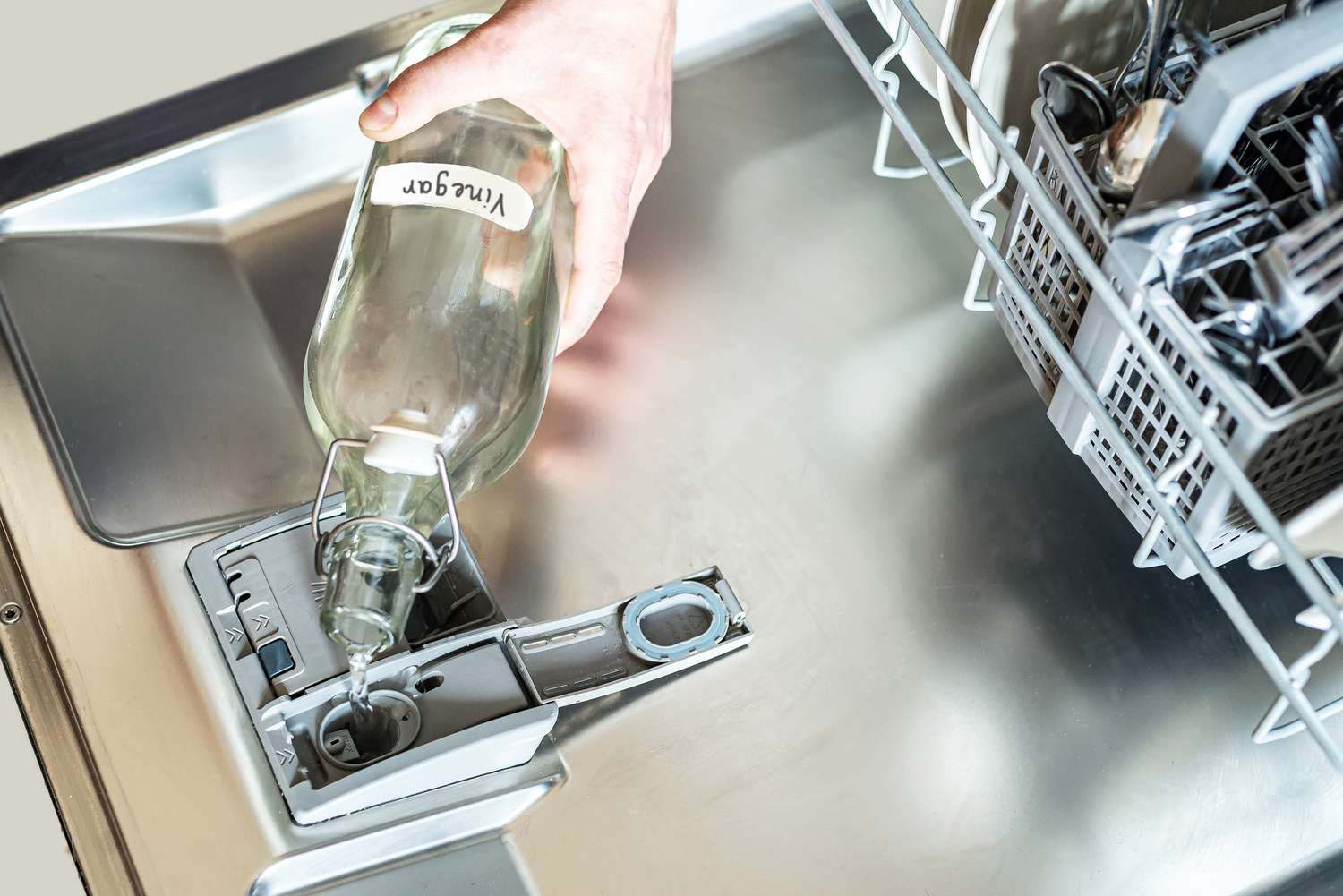
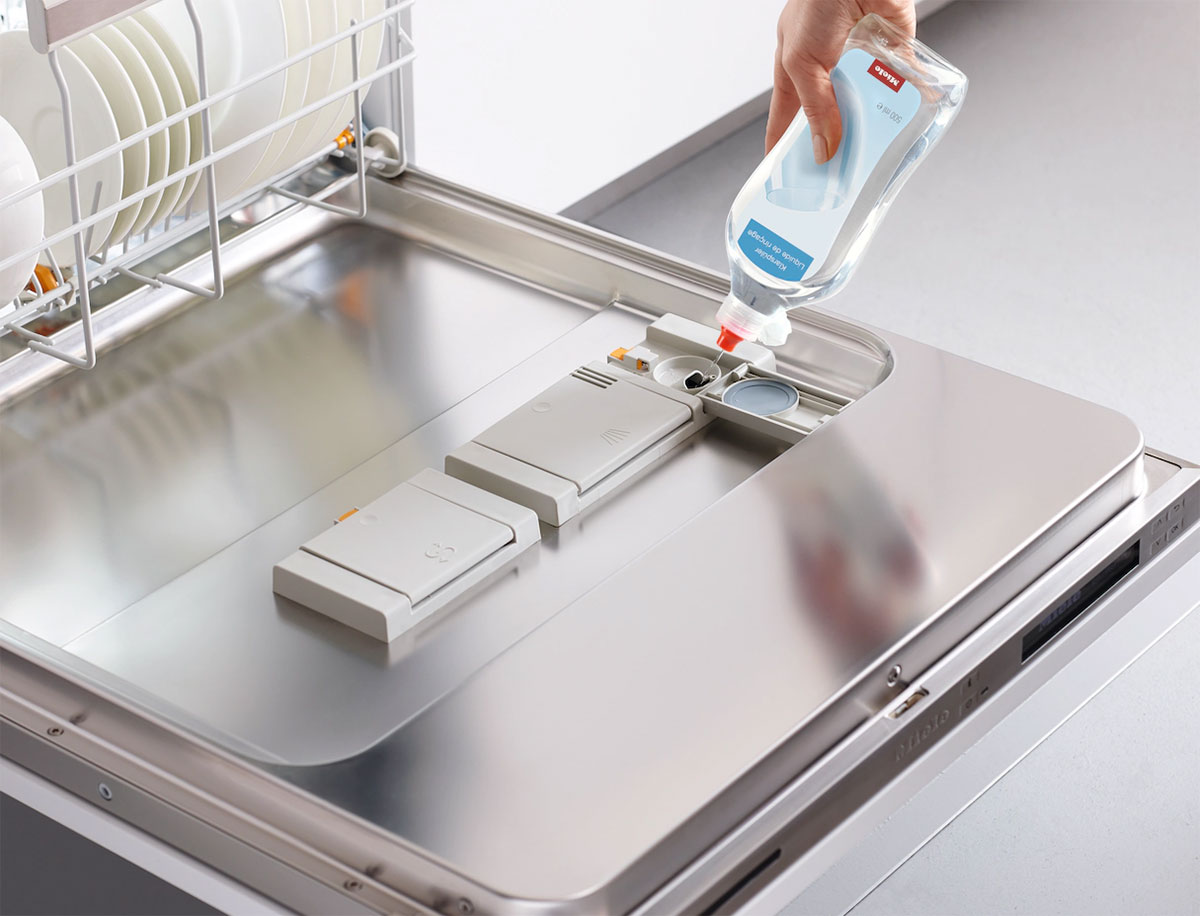
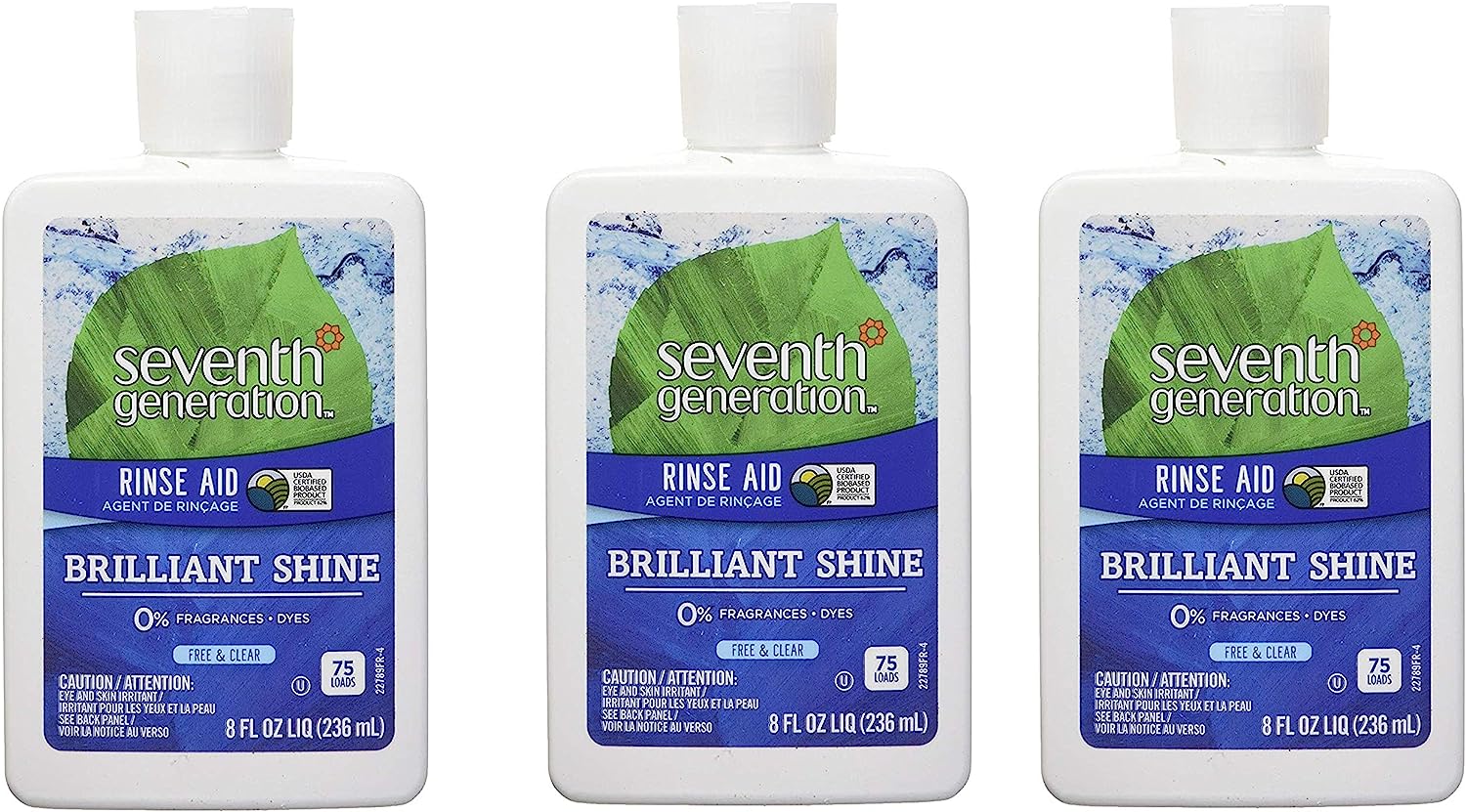
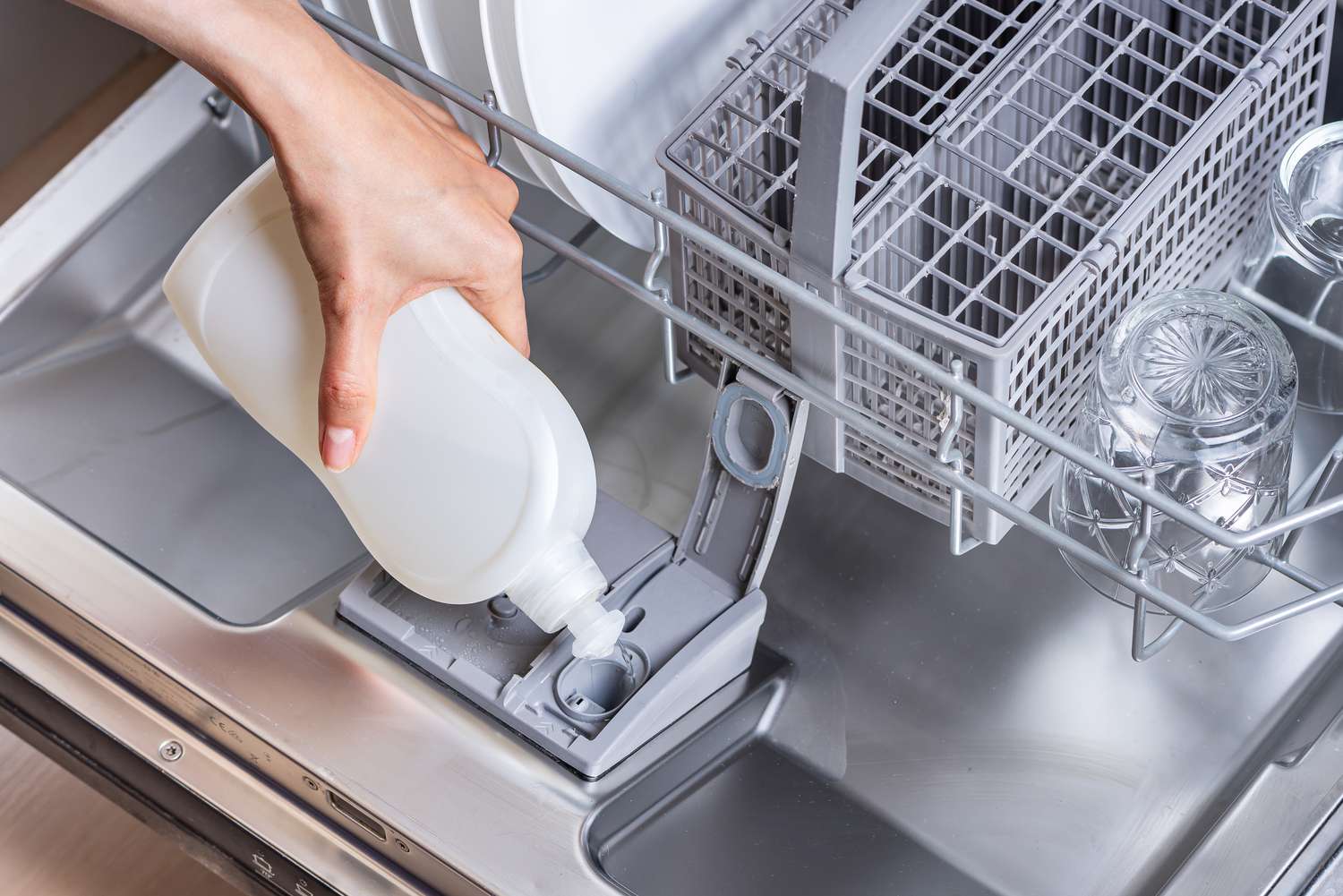
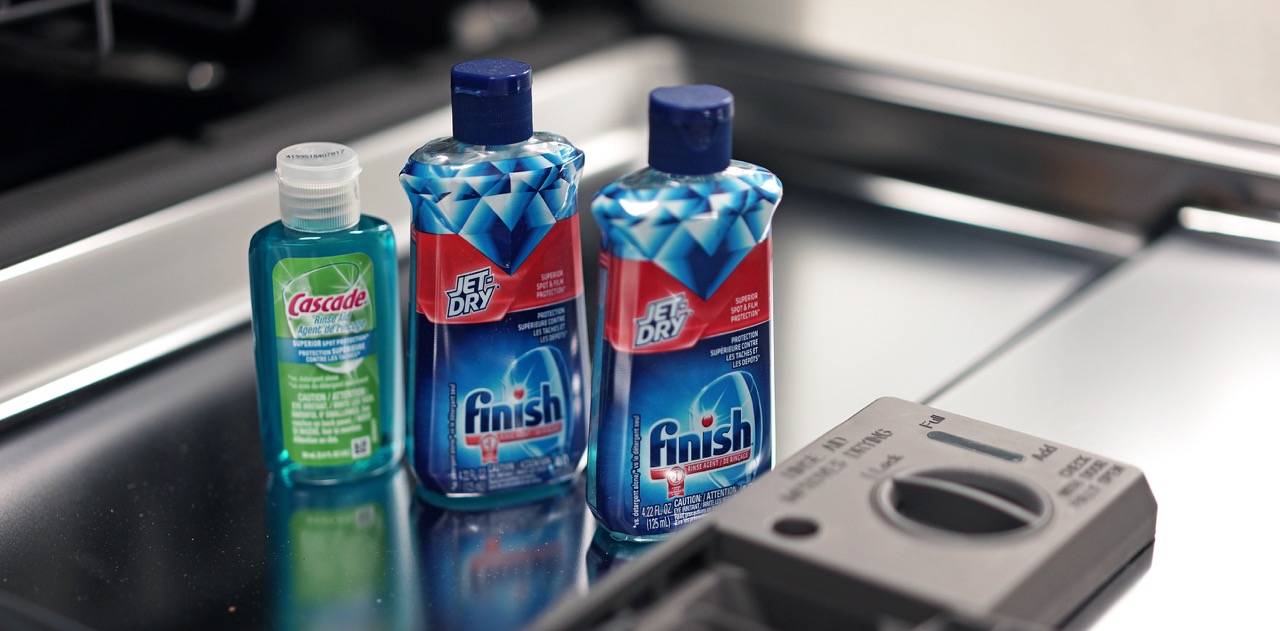
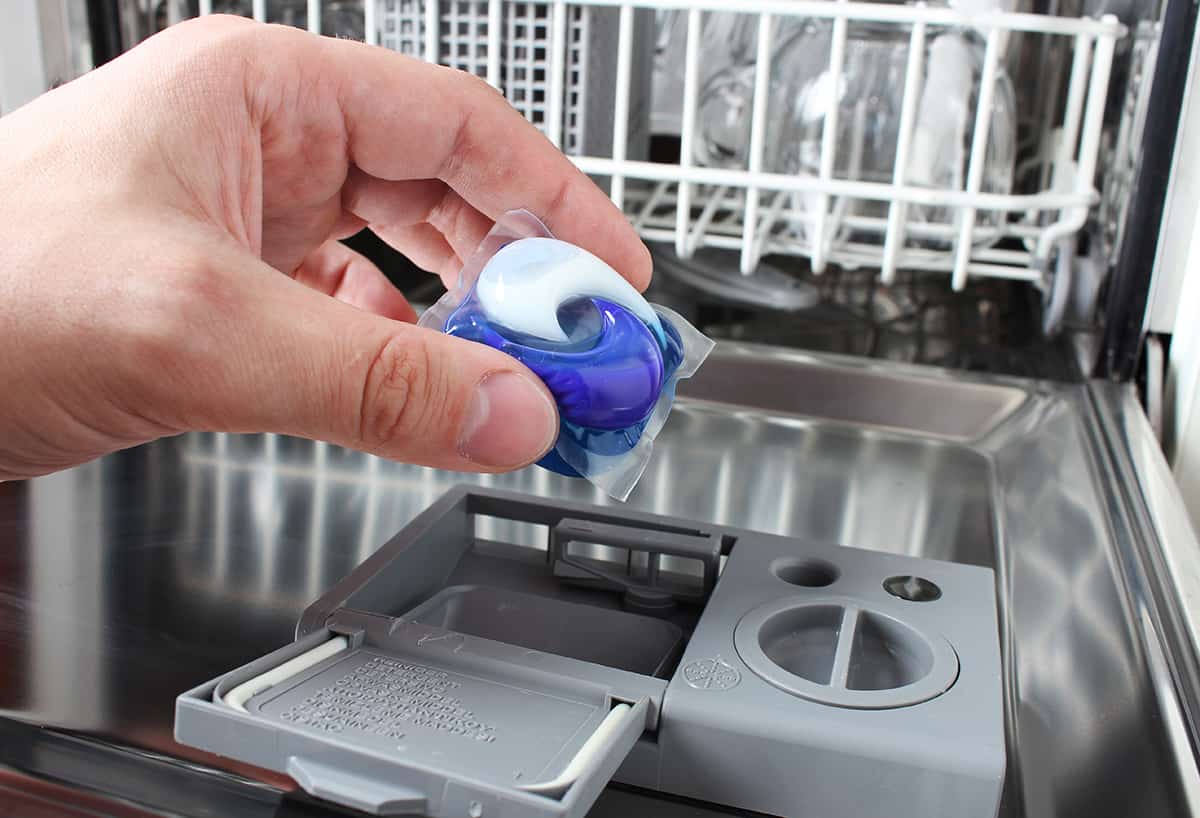
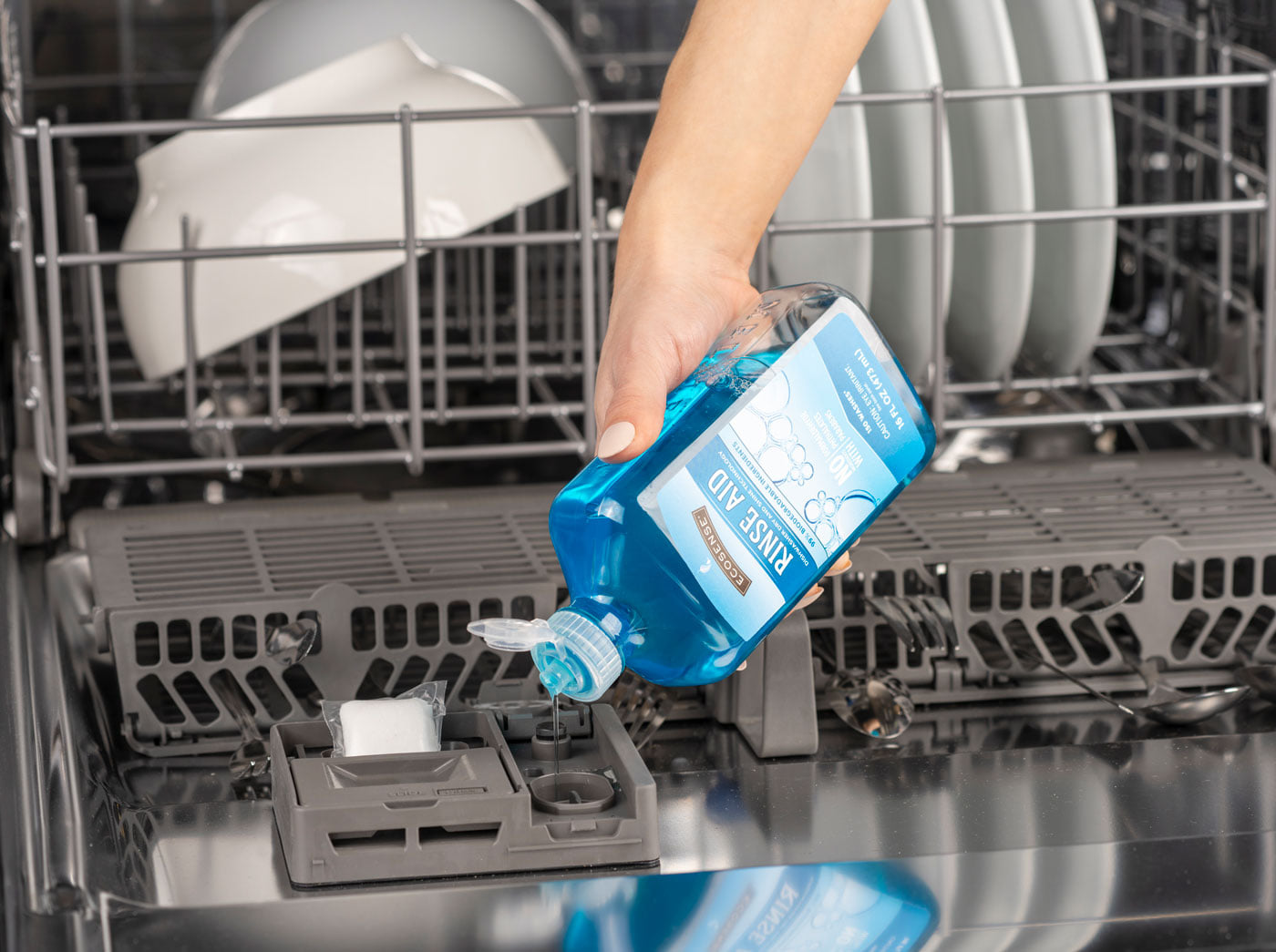

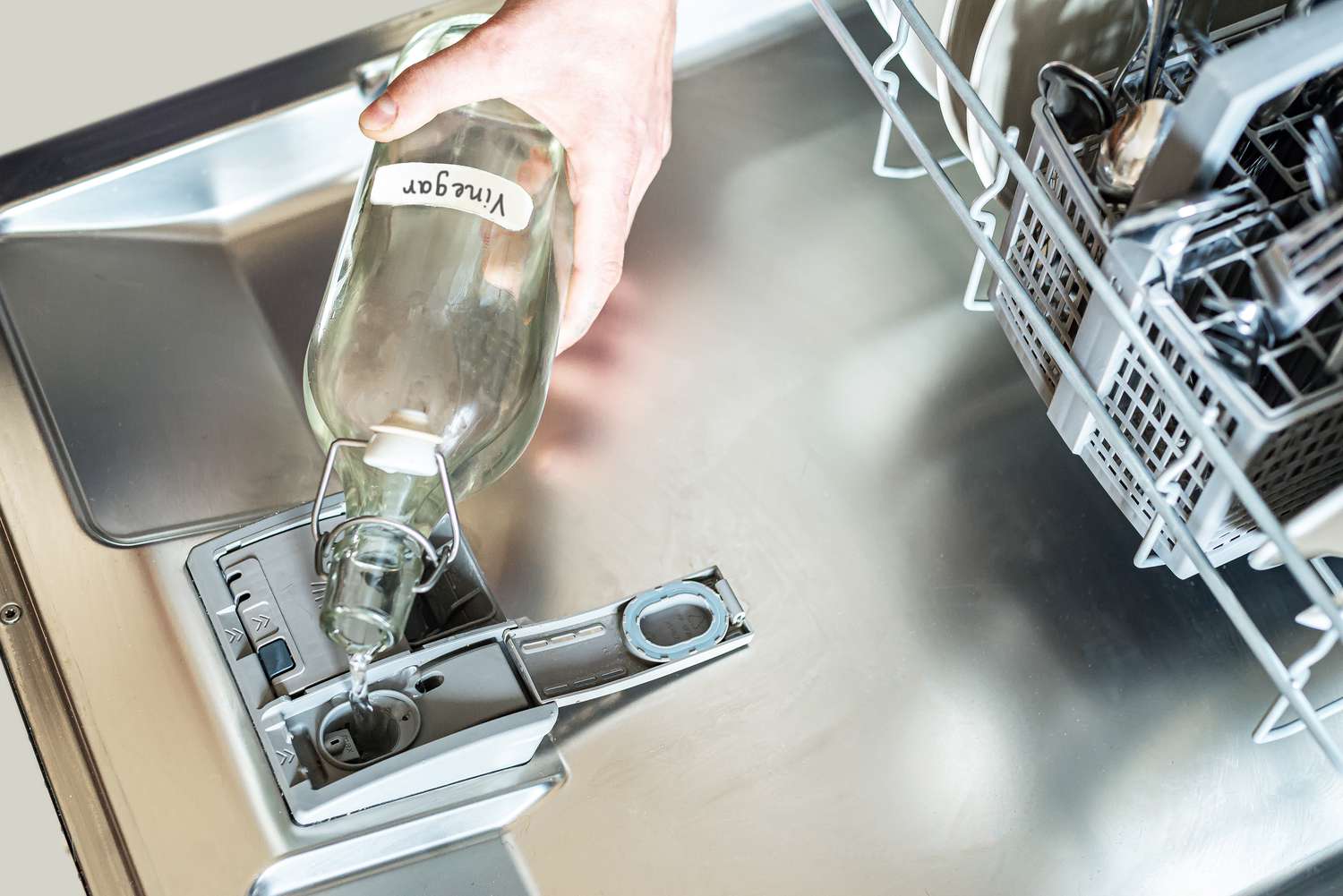

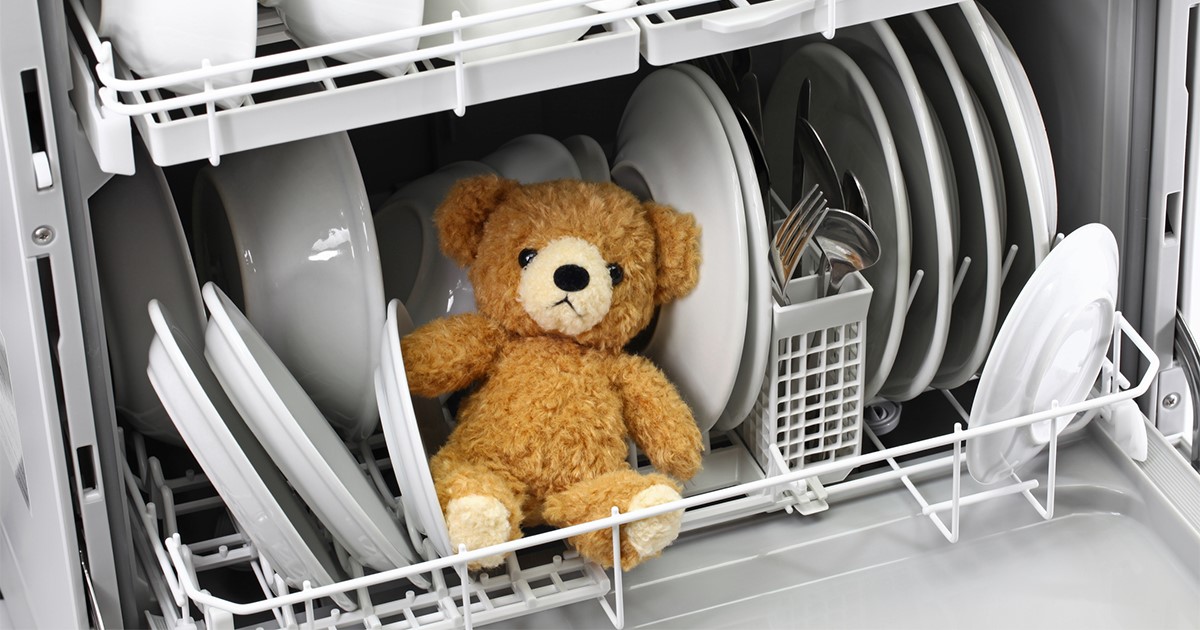
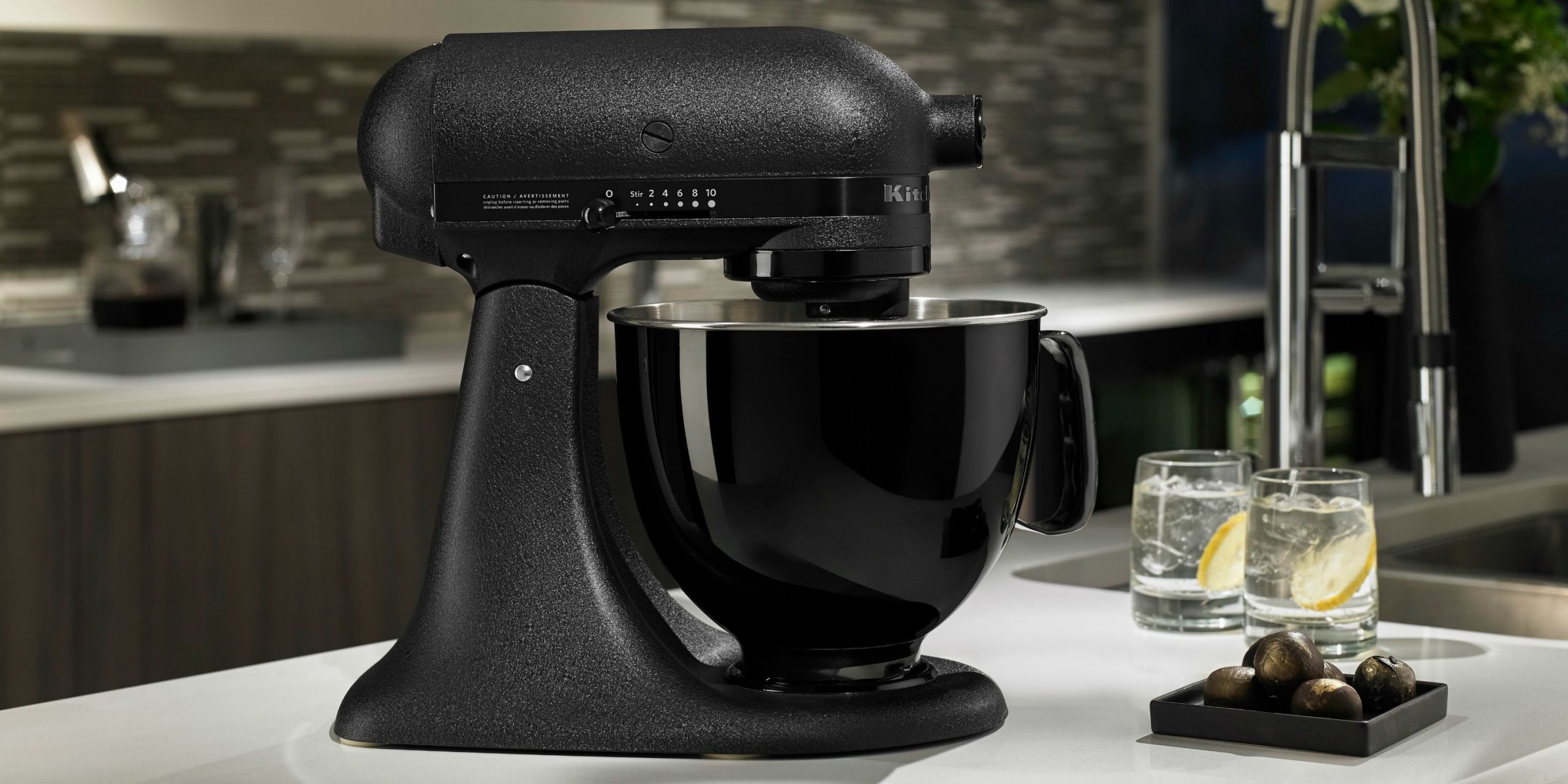


0 thoughts on “Where To Put Rinse Aid In Dishwasher”